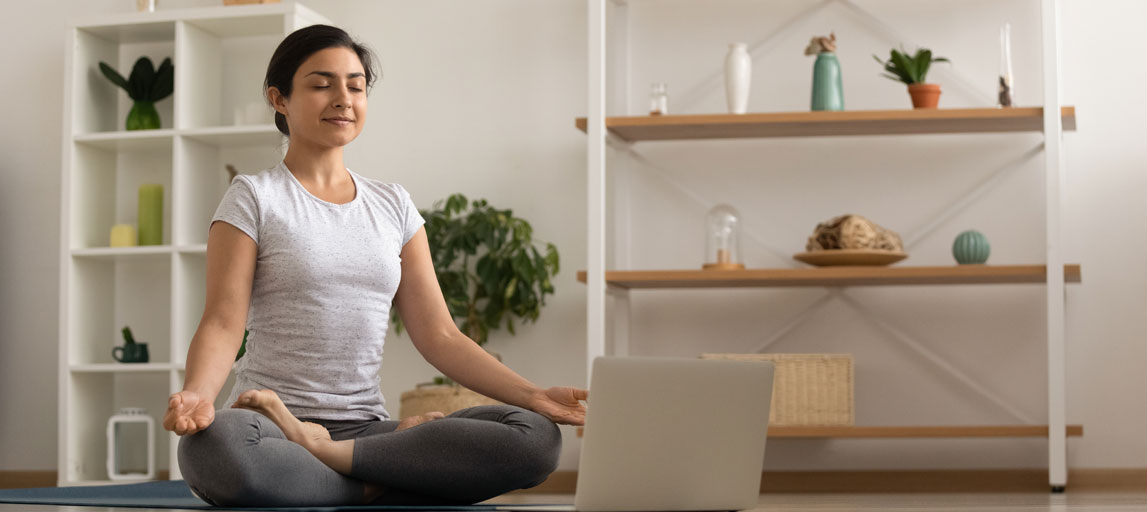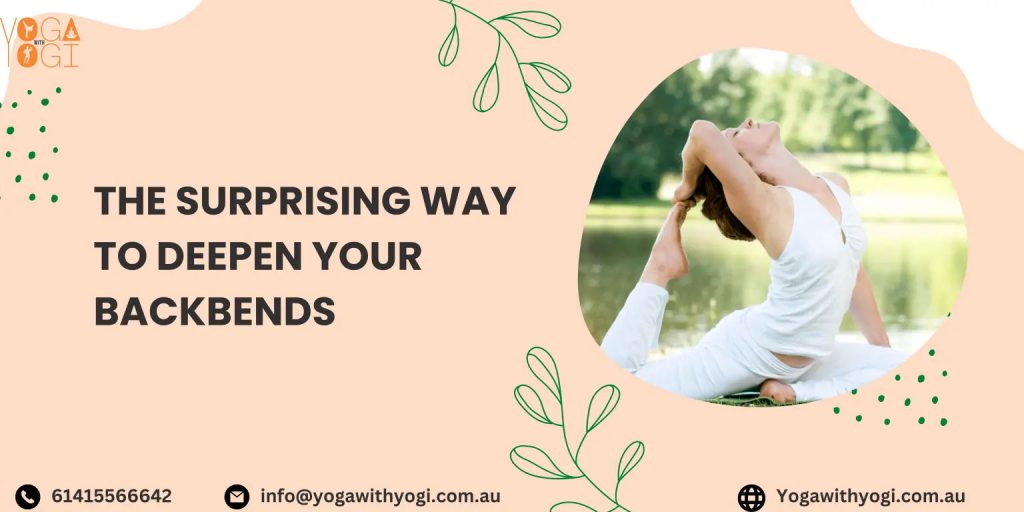For many people, there is a common misconception that the backbends are tight because the back is tight. But that only gives you half of the reason. When you speak with the experts of yoga in castle hill, they will show you where exactly you are getting wrong and how it can be cured.
They not only call for bending your spine, but also for having your entire front side open. In other words, the rigidity along the front of your thighs, hips, and tummy could be holding you up in your backbends instead of your spine and back muscles.
The majority of us have tightness in those areas from sitting for extended periods of time. Because of this tension, it is challenging to tilt the pelvis backward (posteriorly) – picture your hip bones raising and your tailbone descending. If you want to produce an even backbend, you must tilt your pelvis backward. You are more prone to compensate by arching your lower back if you can’t get your pelvis into place.
The love for King Arthur’s Pose
King Arthur’s Pose and its variations are excellent warm-ups for backbends since they specifically target the quadriceps and hip flexors. In order to properly target the quads, you can alter them by pushing your hips all the way back against the wall. If you want to target the hip flexors and adductors more, you can also lower your hips (similar to a low lunge).
What exactly does it stretch?
King Arthur’s Pose is helpful because it simultaneously stretches all of your quadriceps and hip-flexors. Your knee is flexed and your hip is extended, which is the technical explanation for this. This indicates that the position is stretching your rectus femoris (your fourth quadriceps, which is also one of your hip flexors), illiopsoas, and vasti muscles (three of your four quadriceps). This position may also help to stretch your abdominal muscles if they are really tight.
How to do it?
It is important to note that if you have any form of discomfort while doing the pose, you should immediately back off. For instance, if you have knee pain, do not force yourself into doing this. With your back to a wall and your hands and knees bent, start doing this yoga preferably under the guidance of experts. Your right knee should be against the wall when you step back and bend your knees.
The top of your right foot and your right shin should be pressed against the wall.
Step with your left foot such that your knee at the wall and your foot are roughly the same distance apart as they would be in a low lunge. Breathe in deeply.
Lift your spine while putting both hands on your front knee. Make sure your knee is adequately cushioned if it is sore.
It can be improved by raising your hip points, pulling in your front ribs, and reaching your arms up toward the ceiling.
Before relinquishing the position and taking your second side, take 5–6 slow, deep breaths.
If you notice yourself sticking your bottom out, you should release the stretch a little bit. This will tilt your pelvis anteriorly. Consider pushing your hip points up toward the ceiling while your tailbone sinks toward the floor to counteract an anterior tilt.
Similarly, keep your spine erect, not leaning forward. Bring your hands to the ground or to some blocks if you start to feel any tension.
Visit https://www.yogawithyogi.com.au/ to find out about the professional yoga classes.





